
10 Best Practices for Personalized Search in E-commerce to Watch in 2024
Do you know that feeling when you walk into a store and it's like they're reading your mind? The products you love are right there on your screen, staring at you in the face. That's the magic of personalized search ecommerce. Let's face it, most online shopping experiences are not so smooth. In fact, 71% of consumers leave a site frustrated because they cannot find what they're looking for. On the flip side, businesses that get it right see a 20% increase in sales. So, how can you make your customers stay longer on your site and also deliver a great shopping experience? In this article, we'll talk about the best practices for personalized search in e-commerce, and how getting it right benefits merchants.
What is Personalized Search in E-commerce?

Personalized search in e-commerce is when an online store shows you search results based on what you like or have looked at before. This is important because it makes shopping easier and more fun. You'll probably want to buy more if you see things you’re interested in. It feels like the store knows what you like, which makes the experience better. Also, personalized search improves how customers feel about the store. When you see items that match your taste, you’re more likely to come back to shop again. In 2024, more stores will use this because it helps them stay connected to what customers want. But how can you implement this on your site? Keep reading to find out!
10 Best Practices for Personalized Search in E-commerce in 2024
Knowing what personalized search is in ecommerce is one thing, but actually practicing it right is another. Here's how you can get it done:
1. Understand User Behavior with AI and Algorithms
One of the best ways to improve personalized search is by using AI and machine learning. These tools help online stores understand what customers like by analyzing how they shop. AI can track what people search for, what they click on, and what they buy. They can also remember this behavior for the next time they shop. With this information, AI and smart algorithms can suggest products that match what a customer is most likely to want. For example, if someone often buys sneakers, the search results might show more sneaker options. This makes shopping quicker and more enjoyable for the customer.
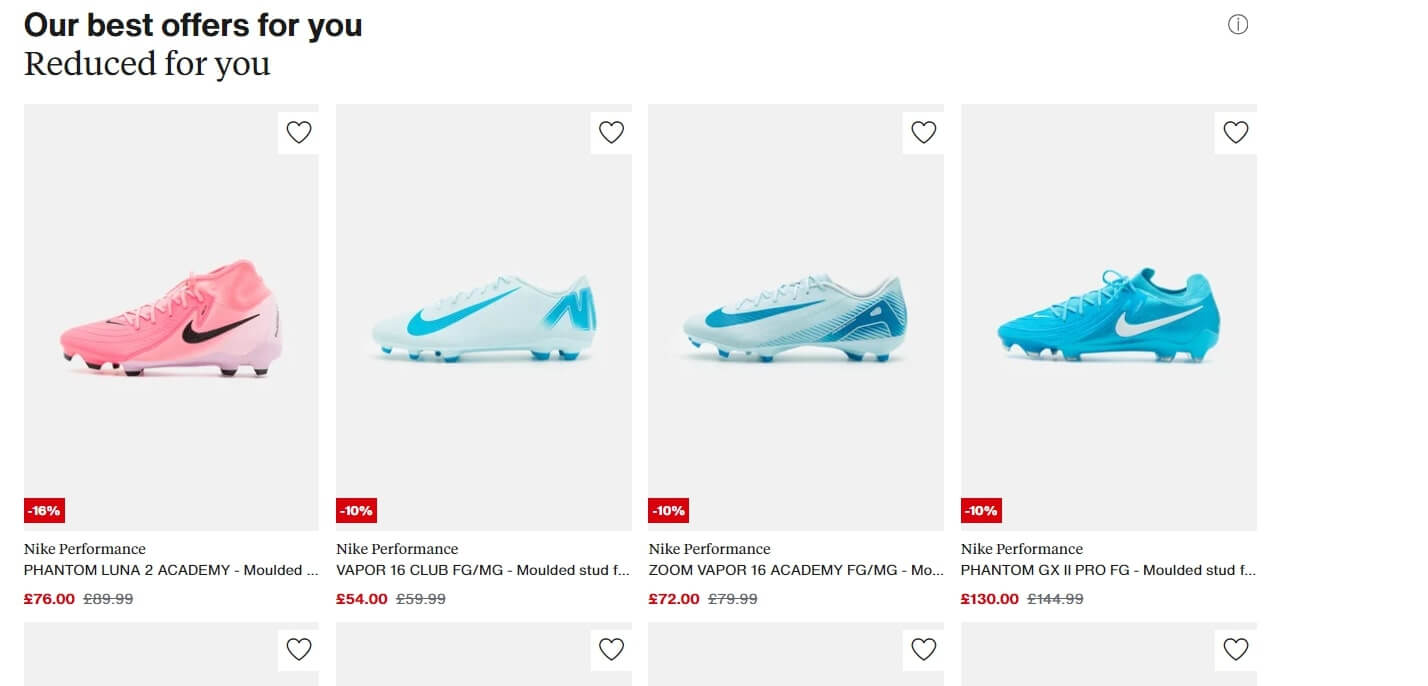
2. Implement Autocomplete and Predictive Suggestions
Autocomplete and predictive suggestions are super helpful features in search bars. When you start typing in the search box, the computer guesses what you might be looking for and shows suggestions. For example, if you type "sh," it might suggest "shampoo" or "shoe rack" right away.

This saves you from typing the whole word and helps you find things faster. These features make searching quicker and more fun. You don’t have to type long words or phrases; just a few letters can show you the options you need. It also helps you discover new items you might not have thought of, like finding “sports gear” when you were just looking for “shoes.”
3. Incorporate User Data for Hyper-Personalized Experiences
Incorporating user data is important for creating hyper-personalized search results. Think about it, if you know what someone has browsed or bought before, you can customize their shopping experience to match their tastes. This is made possible through historical data, like previous purchases and browsing history. Let’s say a customer regularly browses or buys fitness gear, like running shoes and yoga mats, from your e-commerce store. By tracking that data, the next time they search, you can highlight new releases in workout clothes or suggest accessories like resistance bands. Instead of showing generic search results, you’re giving them options based on their past interests, making it much more likely they’ll find something they want to buy.
4. Leverage Natural Language Processing (NLP) for Search Optimization
Natural Language Processing (NLP) is like giving your e-commerce search engine the ability to understand what customers are really asking for. Instead of focusing just on keywords, NLP helps interpret the meaning behind user queries, even if they’re phrased in different ways. This means your search engine can deliver more accurate and relevant results, making it easier for customers to find what they need. For example, if someone searches for “black shoes for hiking,” NLP will understand they want hiking shoes in black, rather than just any random black shoes.
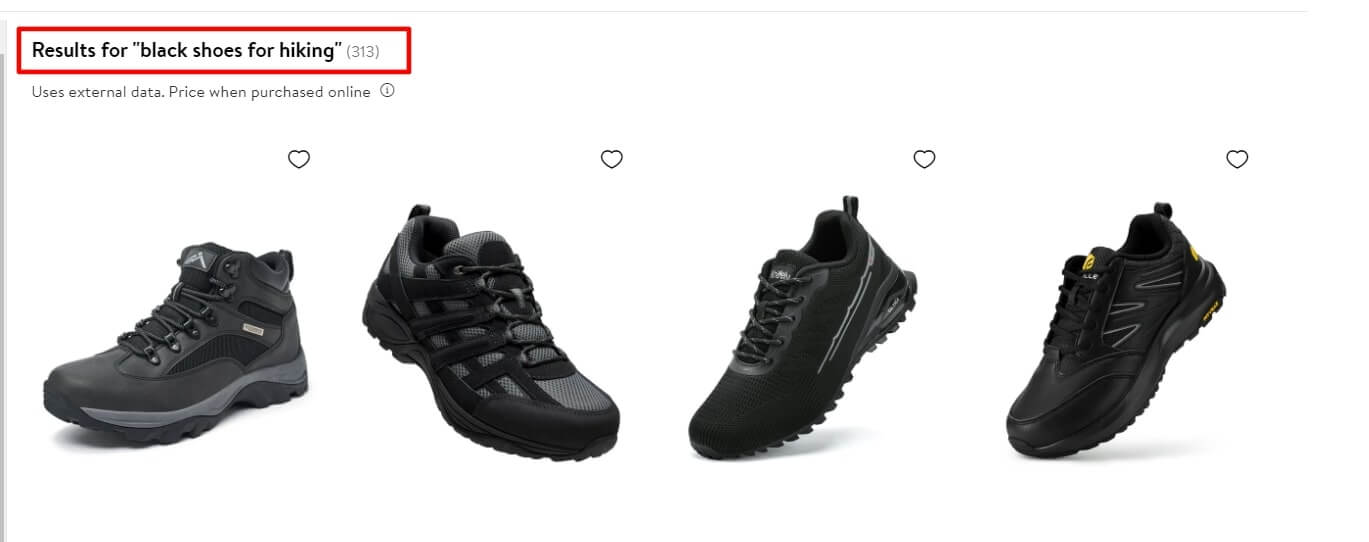
When you use NLP, you’re not just guessing what they mean, but customizing their search experience for better results..
5. Use Faceted Search for More Refined Results
Faceted search is a great way to help your customers narrow down search results to exactly what they’re looking for. It works by letting users filter products based on specific attributes, like size, color, price, brand, or even customer ratings. For example, if someone is looking for a red dress in medium size, under £50.
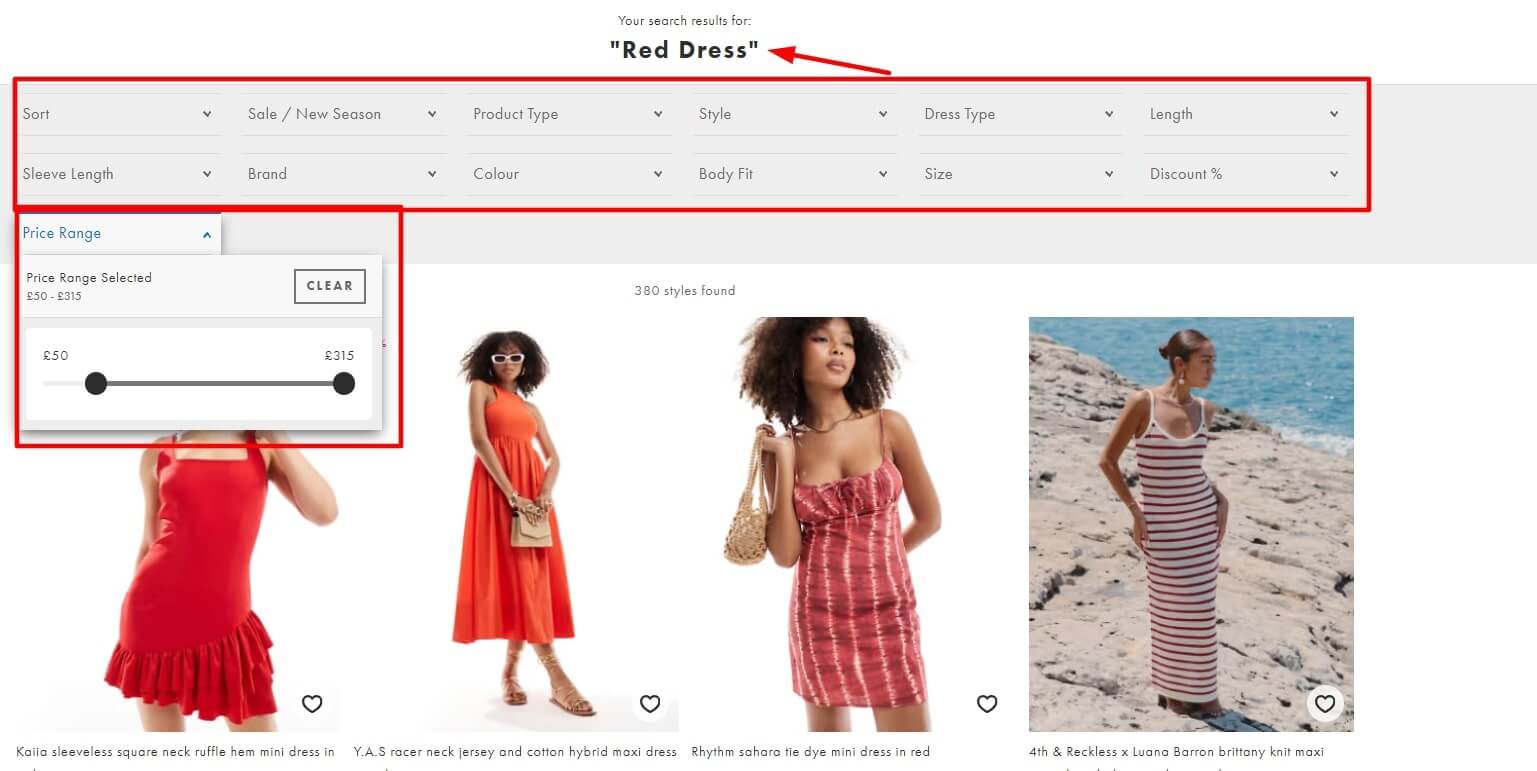
Instead of scrolling through hundreds of unrelated items, they can simply apply filters for color, size, and price, instantly getting more refined results that match their needs. This leads to less frustration and quicker product discovery.
6. Personalize Search Results with User-Specific Preferences
Another way to create a customized shopping experience is by using user-specific preferences like language, location, and device type. When a customer’s preferences are considered, the search engine can provide results that are more relevant to their situation. A good example is when a customer is browsing from a specific region, the search engine can prioritize products that are available in that area or show prices in the local currency. Similarly, adjusting the search results based on the type of device the user is on, whether it’s a mobile phone, tablet, or desktop can improve the way the site is displayed and make it easier to navigate.
7. Offer Visual and Voice Search Capabilities
Implementing visual and voice search capabilities can take personalized e-commerce to the next level. Visual search allows customers to upload an image of a product they’re interested in, and the search engine will find similar products available in the store. For example, a customer might upload a picture of a pair of shoes they like, and the system will show matching or related products. This is very helpful for customers who may not know the exact name of the item they want. Also, voice search allows customers to speak their search queries instead of typing them. With more customers using smart devices like Google Home or Alexa, voice search is becoming very popular in e-commerce. It offers a hands-free shopping experience for mobile users, which is really cool.
8. Implement Real-Time Personalization for Faster Results
Real-time personalization uses live data to adjust search results instantly as customers interact with a website. By tracking current behavior, like what they’ve clicked on or added to their cart, you can refine the results to show more relevant products. For example, if someone is browsing sports shoes, the search results can immediately adjust to show similar items or trending products in that category.
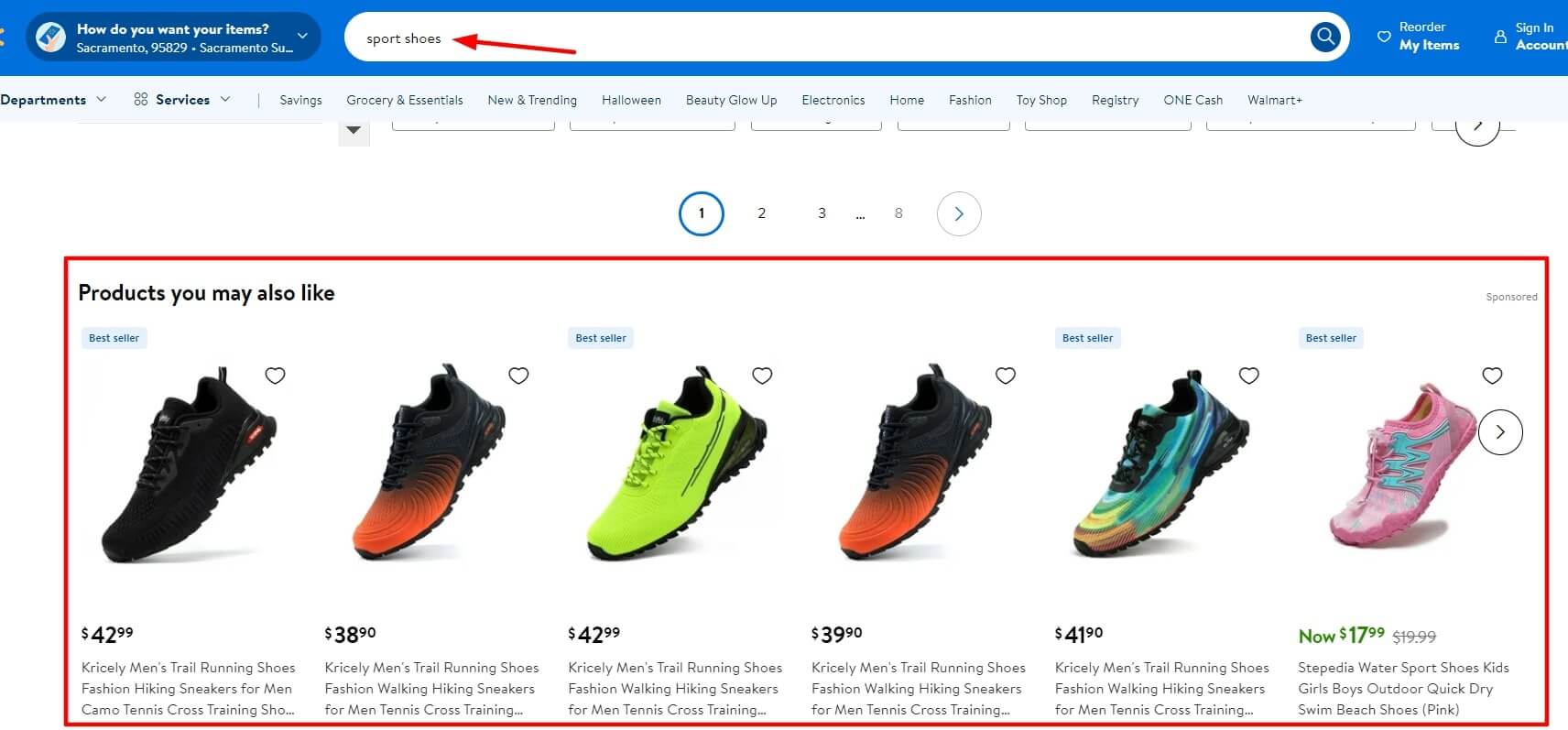
This quick, personalized response keeps users engaged and helps them find what they want faster. It also benefits businesses by showing products that the customer will easily buy.
9. Optimize Mobile Search Experiences for Personalization
By the first quarter of 2024, smartphones accounted for about 77% of retail website traffic worldwide and were responsible for two-thirds of all online shopping orders. Hence, there is a need to make mobile searches as personalized and easy to use as possible.
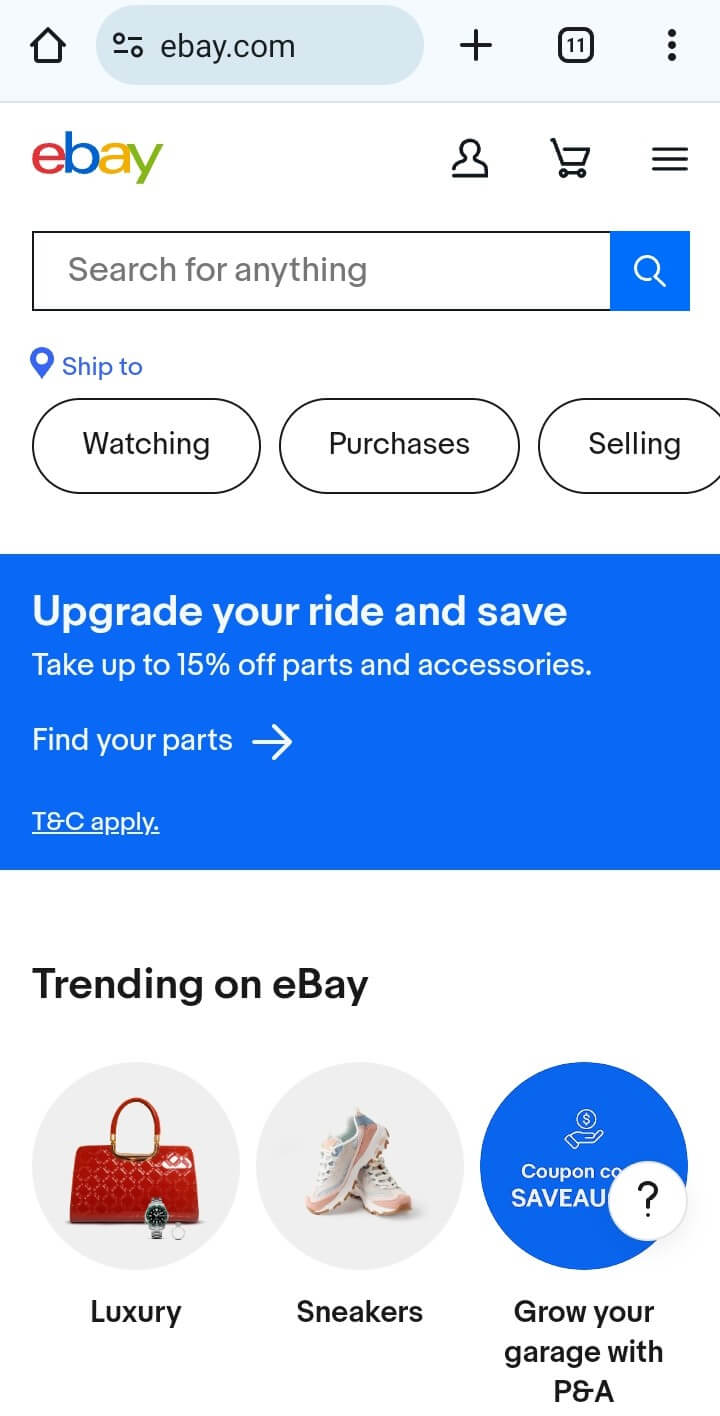
Your online store should be designed to work smoothly on phones, adjusting to different screen sizes to make the search experience easy and clear. Also, if a customer is using their phone on the go, their location can be used to show them nearby stores or local products, making the search results even more relevant.
10. Track and Measure Search Performance
To make sure personalized search is working well, businesses need to track and measure how customers are using it. This means looking at data like how many people are buying products after searching (conversion rate), how often people leave the site without buying (bounce rate), and how much they spend on average (average order value). For example, if the conversion rate is high, it means the search feature is helping customers find and buy products. But if the bounce rate is high, something might be wrong with the search results. By looking at this data, businesses can see what’s working and where they need to improve.
Why Personalized Search Matters
In 2024, e-commerce is all about personalization. Imagine walking into a store where the shelves are rearranged just for you, based on what you’re most likely to buy. How would that make you feel? That's exactly how customers feel when products are recommended based on their browsing history or profile.

As trends shift, personalized search is becoming a must-have for businesses that want to stay ahead. Why does this matter? Personalized search dramatically enhances the user experience. It reduces the time spent searching for products, making it easier to find exactly what you want.
Let's not forget that businesses using personalized search in e-commerce will definitely experience better customer retention. When shoppers find what they’re looking for quickly and easily, they’ll come back to your store again. Plus, personalized search engines can give businesses a competitive edge in the crowded e-commerce market. So, if you’re in e-commerce, embracing personalization isn’t just a trend, it’s a smart move for future success.
Tools and Technologies for Personalized Search Implementation
To create a personalized search experience on e-commerce websites, merchants need the right tools and technologies. Some top options include:
1. Sparq
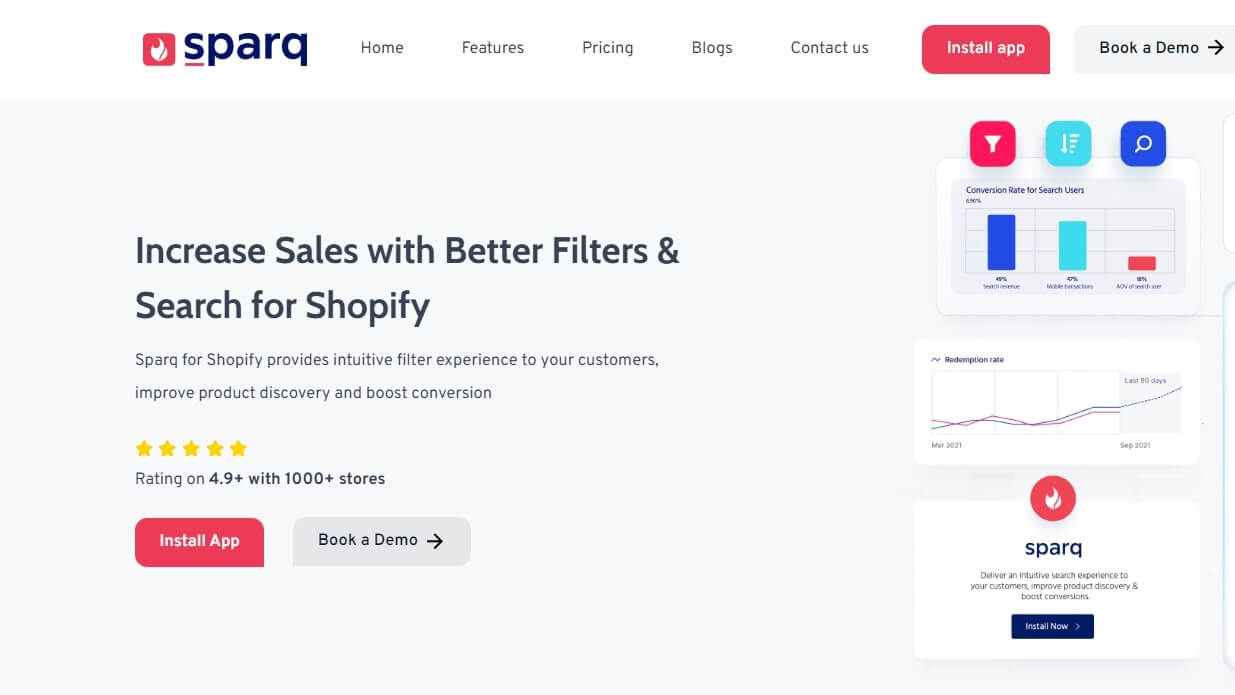
Sparq enhances search experiences by helping customers easily find the products they want. It uses smart AI and machine learning to make product discovery easier and increase sales. You'll find other features like instant search suggestions, merchandising tools, and unified analytics.
2. Algolia
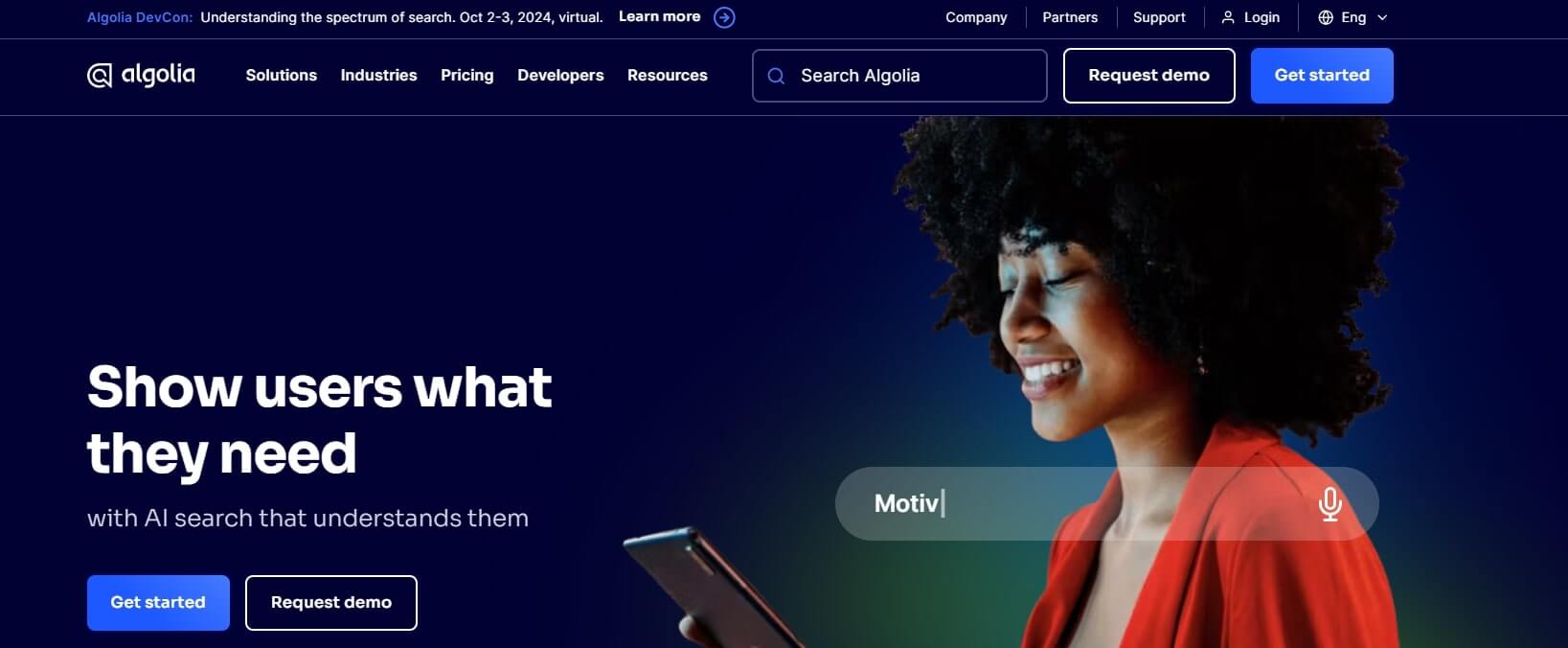
Algolia is a robust search platform that helps eCommerce businesses deliver quick and effective search experiences. It features an easy-to-use dashboard that offers real-time insights, allowing you to tailor search results for your customers. Also, it helps eCommerce businesses by providing fast search results, letting you customize search experiences, and even offering location-based queries to make finding products easier for your customers.
3. Yext
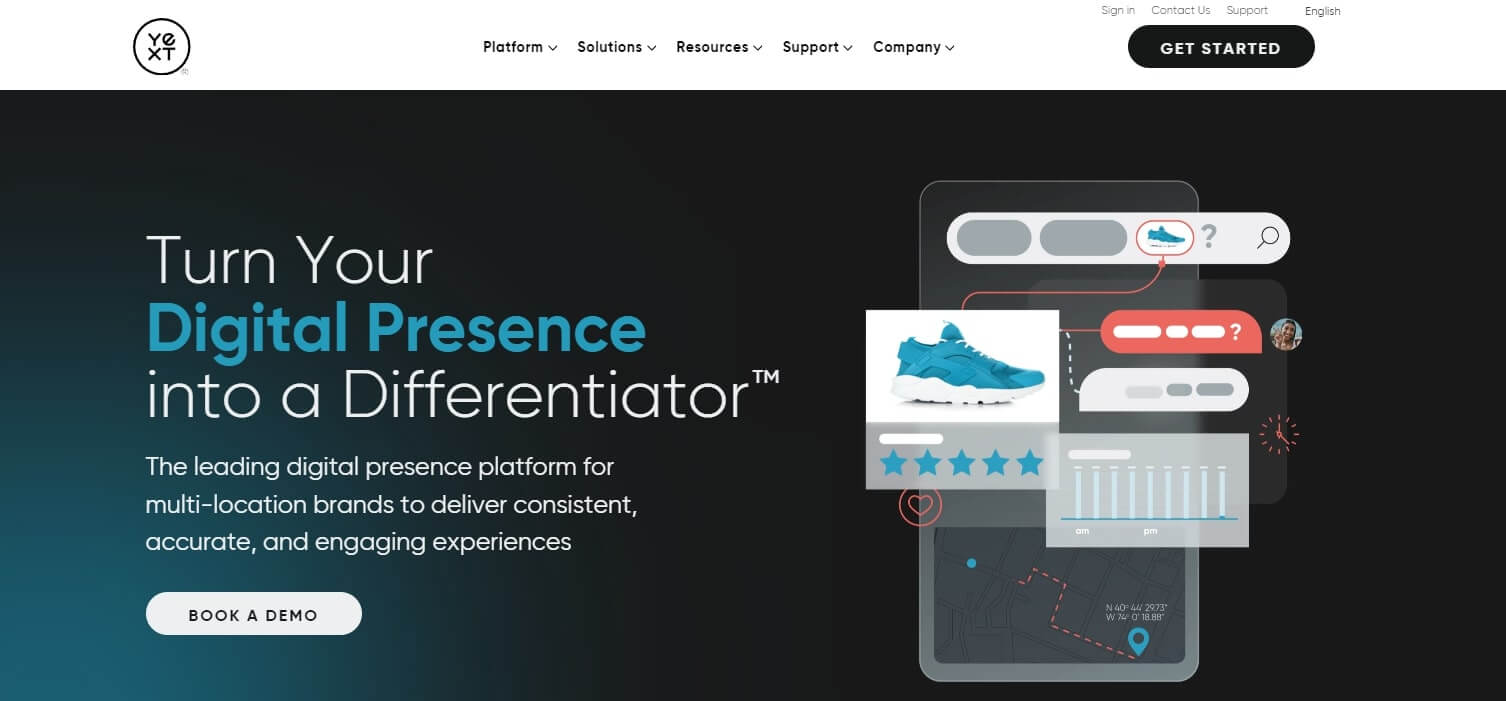
Yext provides a user-friendly search and discovery platform that enhances customer experiences and simplifies their journey with your brand. It enables you to design a personalized shopping experience that encourages more purchases and increases sales. Key features include semantic text search, an AI-powered search engine, various search criteria, and helpful search query suggestions.
4. Coveo
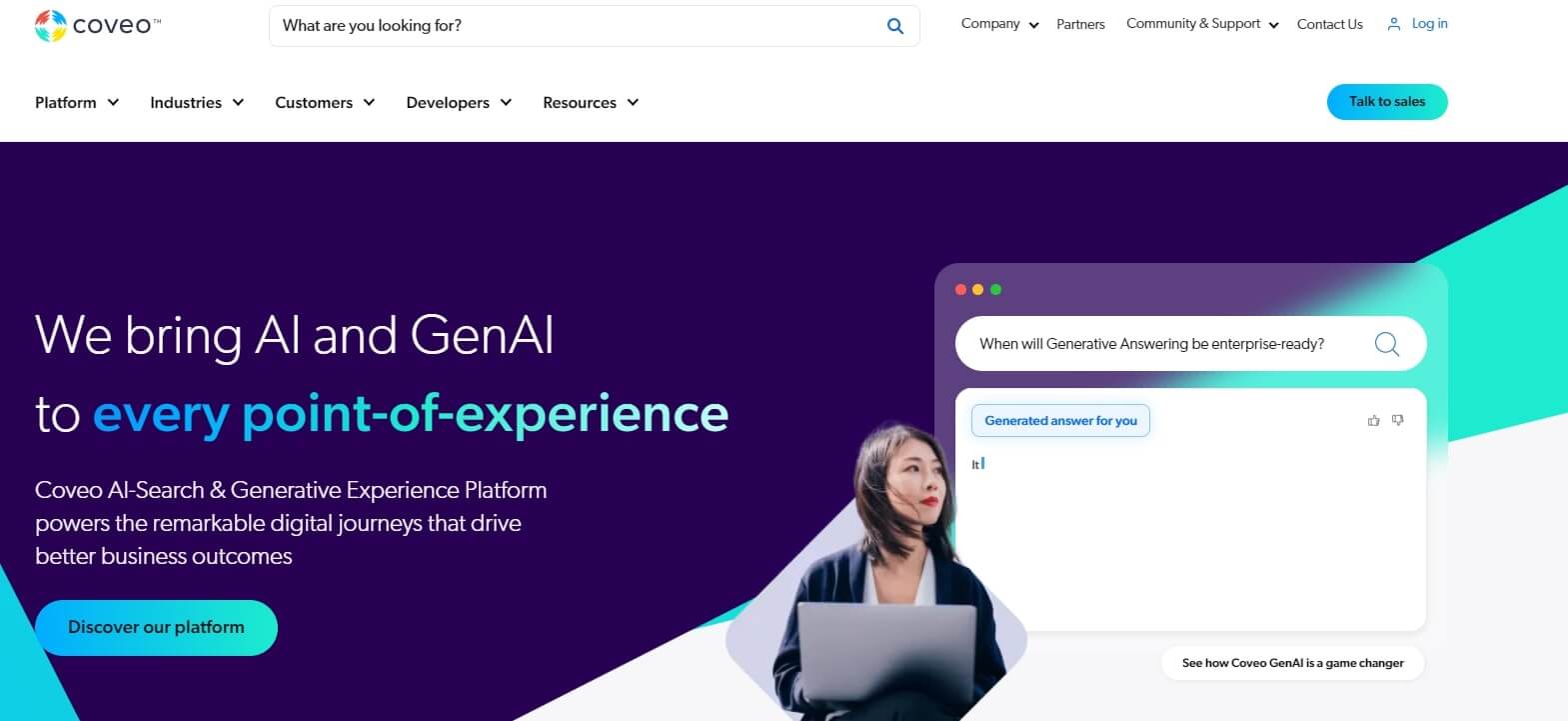
This is a top-notch product search and recommendation platform designed to provide relevant product suggestions and personalized experiences, making the buying journey smoother for customers. It uses artificial intelligence and machine learning to customize shopping experiences for each individual.
5. Swiftype
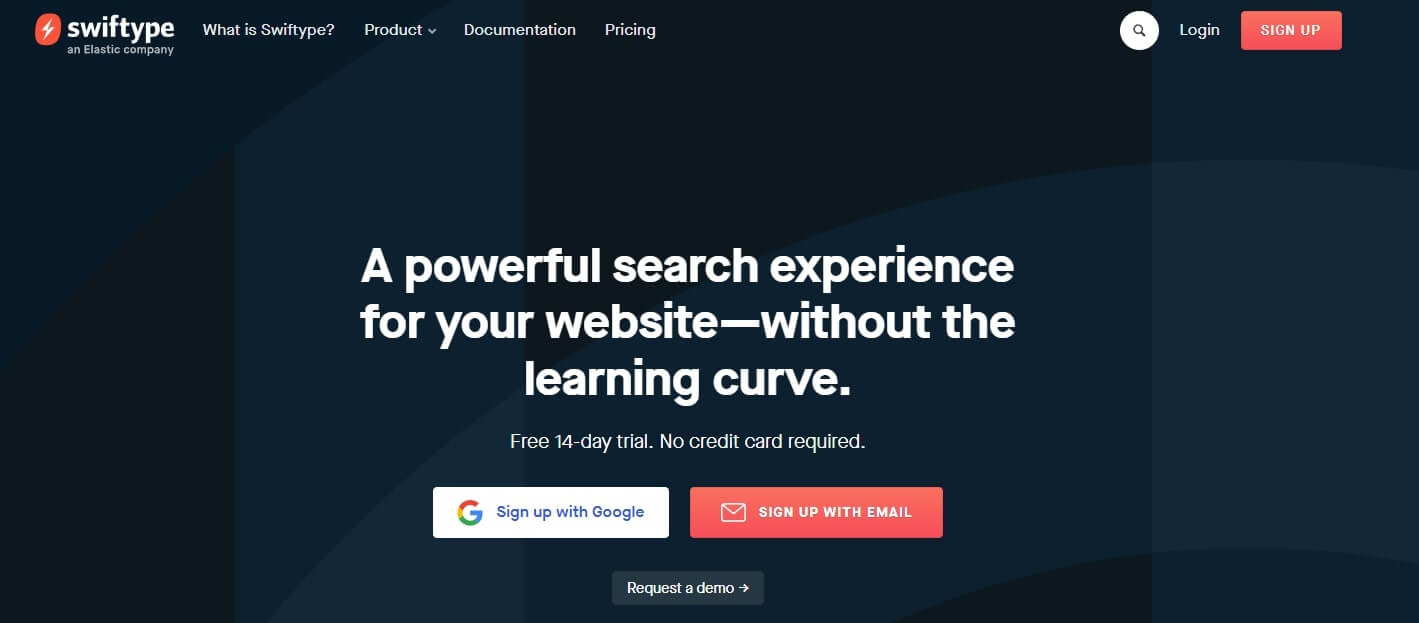
Swiftype is a search engine platform that provides eCommerce businesses with tools to create great search experiences. It uses top search algorithms and a sophisticated content management system to deliver relevant product suggestions to your customers.
After you've gone through these five tools, which one are you going to choose? The truth is choosing the right personalization software is very important for a smooth and effective setup. You’ll want to find a solution that enhances search engine personalization and fits well with your e-commerce search needs. When you invest in the right software, you can make your site’s search function work better and keep your customers happier. At the end of the day, It’s all about finding the perfect match to boost both search efficiency and overall satisfaction.
Conclusion
Implementing these 10 best practices can make all the difference in standing out from the competition. When you prioritize personalization in search ecommerce, you’re not just enhancing the user experience, but creating a shopping journey that feels unique to each customer. This personal touch can drive higher engagement, boost sales, and build lasting loyalty. So, why wait? You can prioritize personalized search and watch your e-commerce business transform. If you're still in doubt, we're here to help you. All you have to do is book a demo with us today.
FAQs
Q1. What is personalised search?
Personalized search adjusts search results based on a user's preferences, behavior, and past interactions to make finding relevant products or content easier and more efficient.
Q2. What is personalization in e-commerce?
Personalization in e-commerce is the practice of customizing online shopping experiences based on individual customer data, preferences, and behavior to make product recommendations and content more relevant and engaging.
Q3. What is an example of search personalization?
An example of search personalization is when an e-commerce website shows product recommendations based on a customer's past searches and purchases, such as displaying suggested items similar to those they've previously viewed or bought.
Q4. What is customization in e-commerce?
Customization in e-commerce refers to allowing customers to modify or tailor products and shopping experiences according to their preferences, such as choosing colors, sizes, or features, and receiving personalized recommendations based on their choices.
